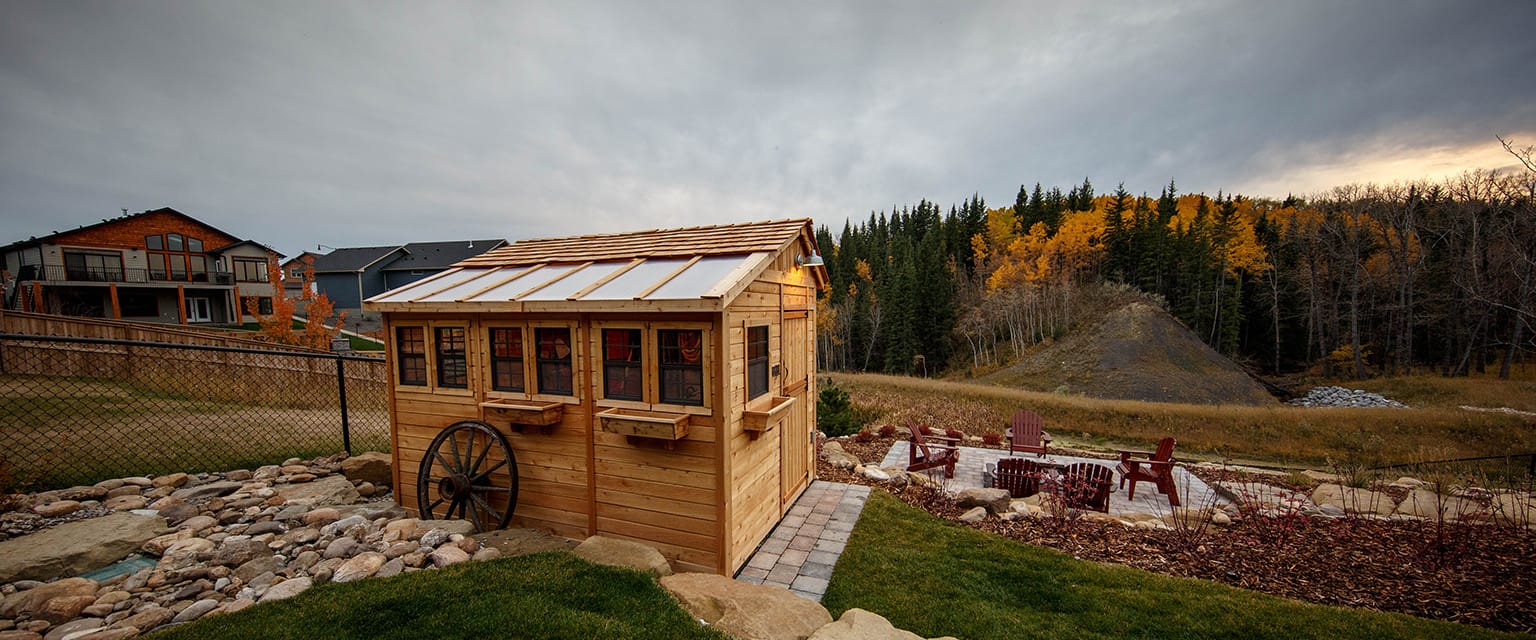Reconnect with Nature, Disconnect from Screens

We spend hours tethered to phones, laptops, and streaming services. The average North American adult spends more than seven hours a day looking at screens. Gardening offers a much-needed reprieve. It invites you to slow down, take a deep breath, and immerse yourself in the present moment.
Time in the garden can become a form of moving meditation. The simple acts of planting, weeding, watering, or harvesting encourage mindfulness, which research has shown helps reduce anxiety, improve focus, and elevate mood. Gardening literally reconnects you with the earth—what’s often called “earthing” or “grounding”—which is increasingly linked to lower stress levels and improved mental clarity.
Health Benefits Backed by Science
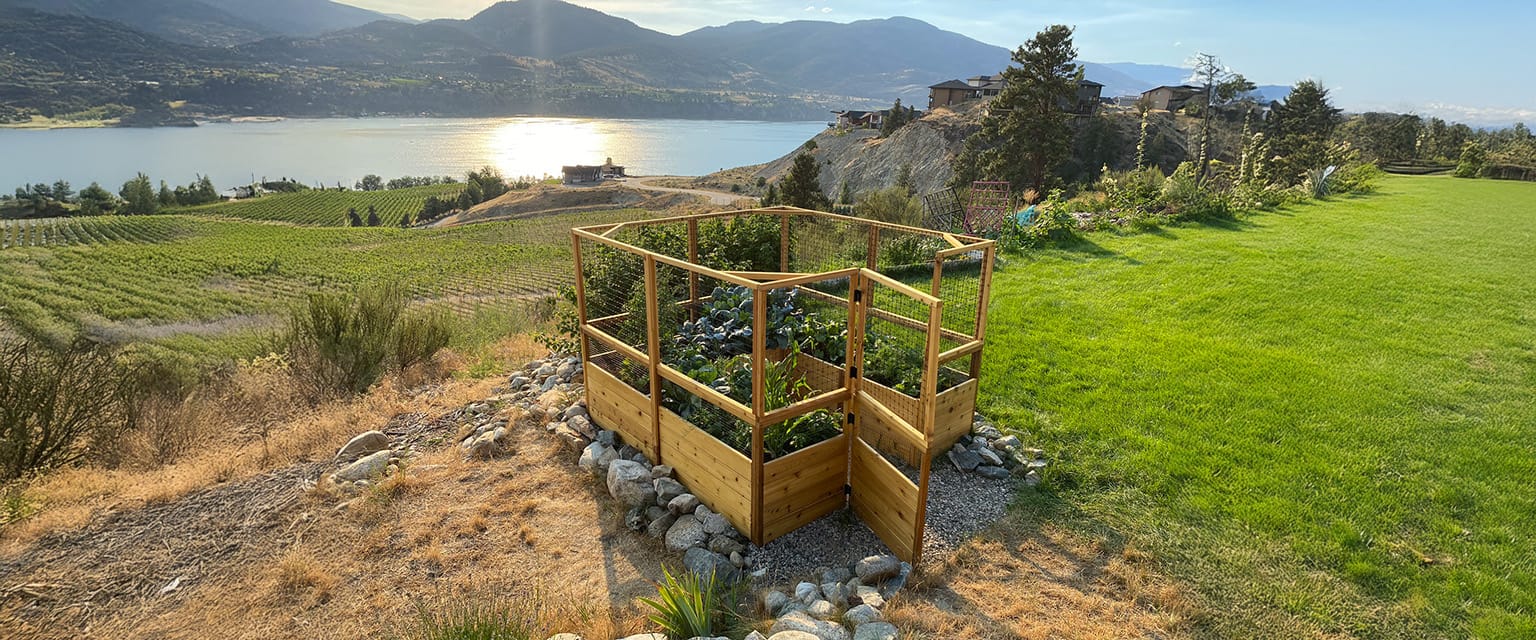
Science supports what gardeners have long known in their hearts: getting your hands dirty is good for you. Studies show that:
Gardening can lower cortisol levels, the hormone responsible for stress.
Digging in the soil exposes you to Mycobacterium vaccae, a beneficial bacteria that can improve serotonin production and boost your mood.
Gardening burns calories—about 200 to 400 calories per hour depending on the activity.
It promotes better sleep, especially for those who garden in the early morning or early evening light.
It’s also a low-impact physical activity, making it ideal for older adults or those recovering from injuries. Gardening improves flexibility, strength, and motor skills, all while providing an uplifting sense of accomplishment.
Builds a Sense of Purpose and Belonging
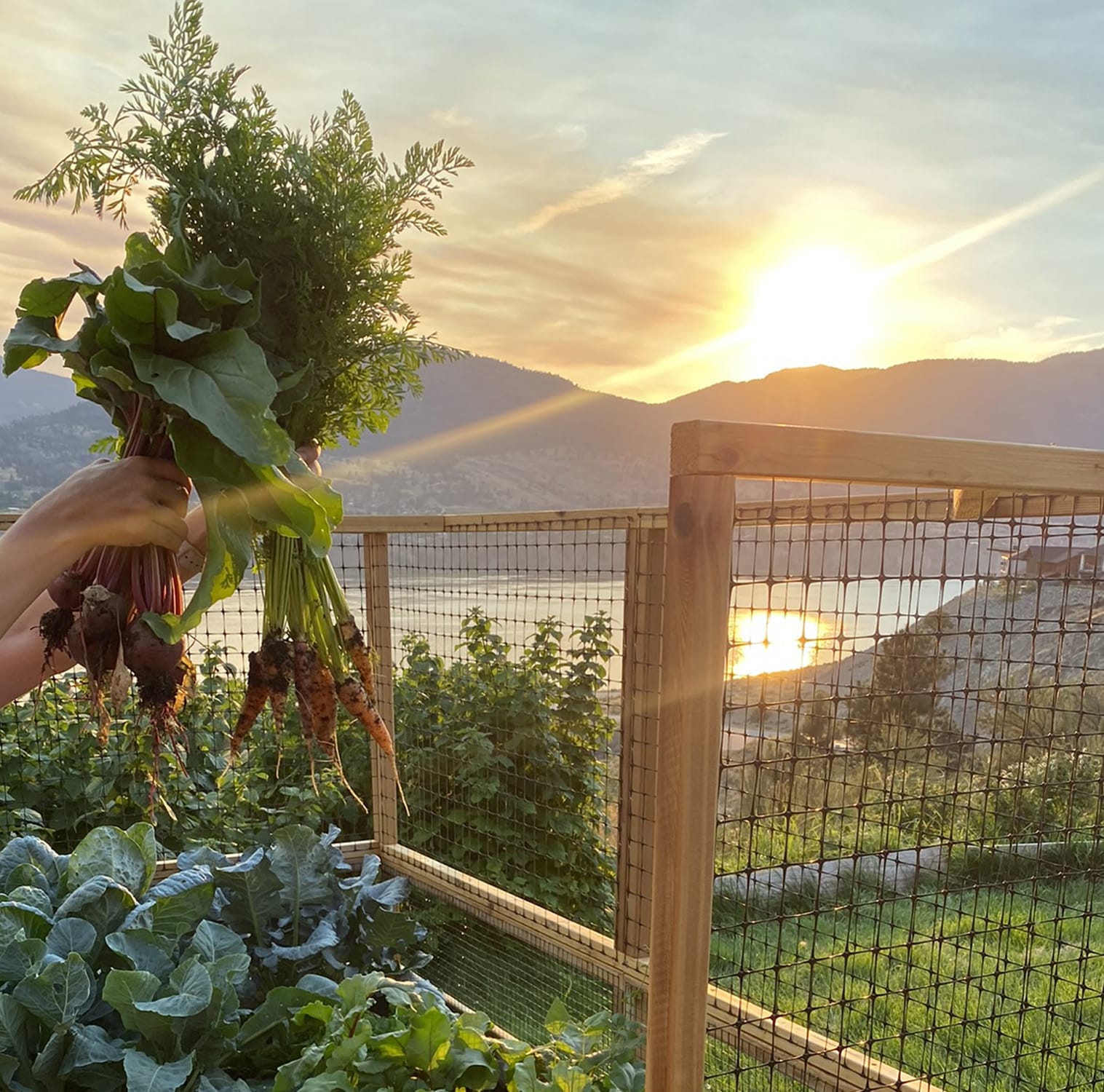
Your garden isn’t just a place—it’s a personal ecosystem you’re responsible for nurturing. Watching something grow as a direct result of your care builds confidence and purpose. For seniors or people struggling with isolation, gardening can become a powerful emotional anchor.
Even children benefit from getting involved. Kids who participate in gardening tend to eat more fruits and vegetables and are more connected to where their food comes from. Gardening fosters patience, curiosity, and responsibility.
Your Garden, Your Therapy
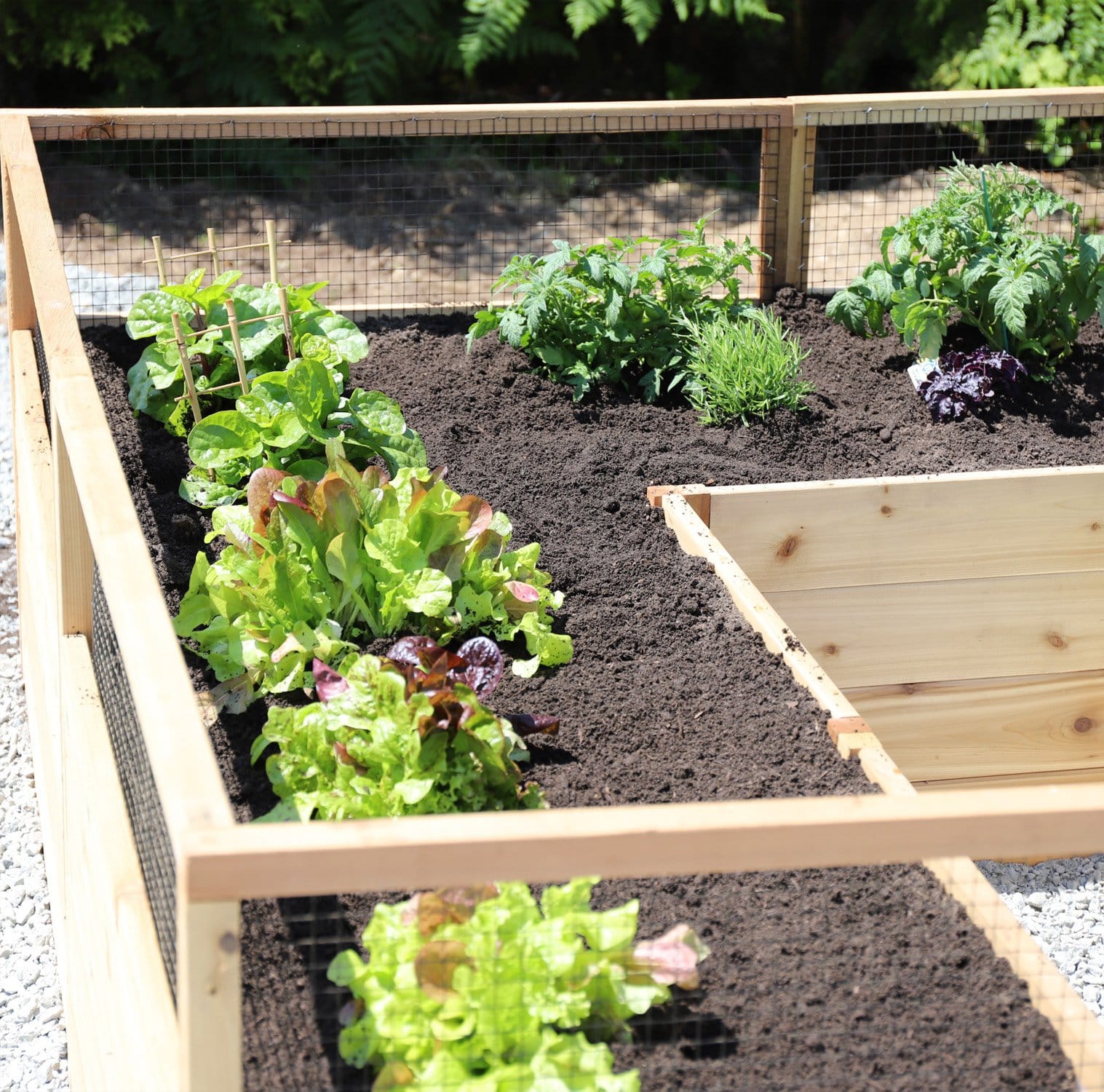
A backyard garden can be your sanctuary. Want a quiet place to meditate? Design a peaceful healing garden with soft grasses, lavender, and a comfortable bench. Need to blow off steam? Grab a shovel and get to work on a new bed. It’s surprisingly cathartic.
Many people now incorporate therapeutic elements into their outdoor spaces:
Raised garden beds for easy access
Greenhouses for year-round plant nurturing
Water features for calming ambient sound
Herb gardens for fragrance, flavor, and functional health benefits
Outdoor Living Today offers a wide selection of cedar garden structures—from urban raised garden beds to compact cedar greenhouses—designed to turn your backyard into a lush, restorative escape.
Start Small, Grow Something Meaningful
You don’t need acres of land or a huge budget to begin. Start with a couple of containers or a small raised bed. Even a few pots on a patio can bring surprising joy. The point isn’t perfection—it’s presence.
When you create a space to grow something, you grow, too.
Whether you’re nurturing tomatoes, tulips, or tranquility, gardening is a timeless ritual that feeds the body, soothes the mind, and uplifts the soul. And in a time when the world often feels chaotic, what could be more essential than that?

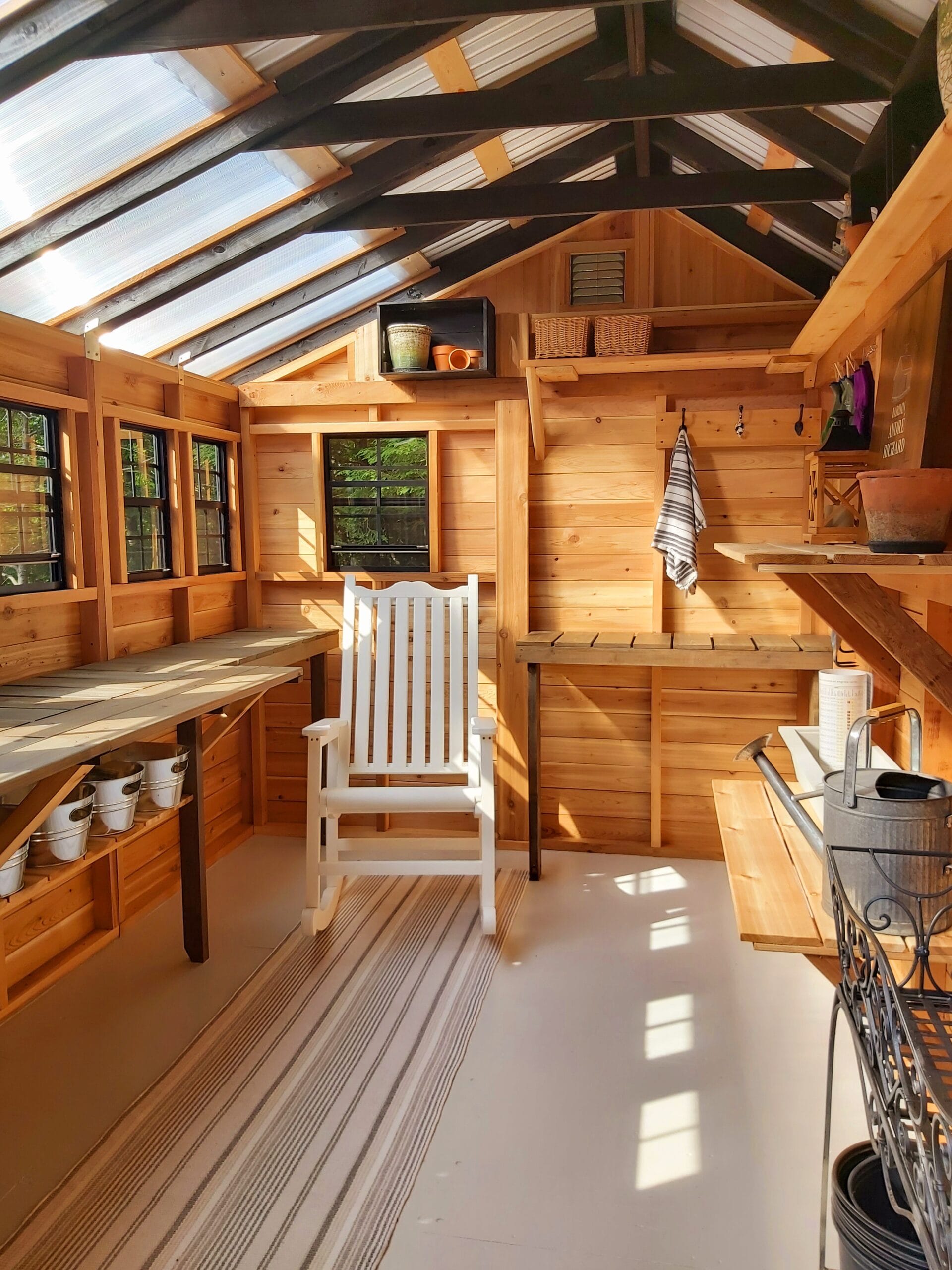
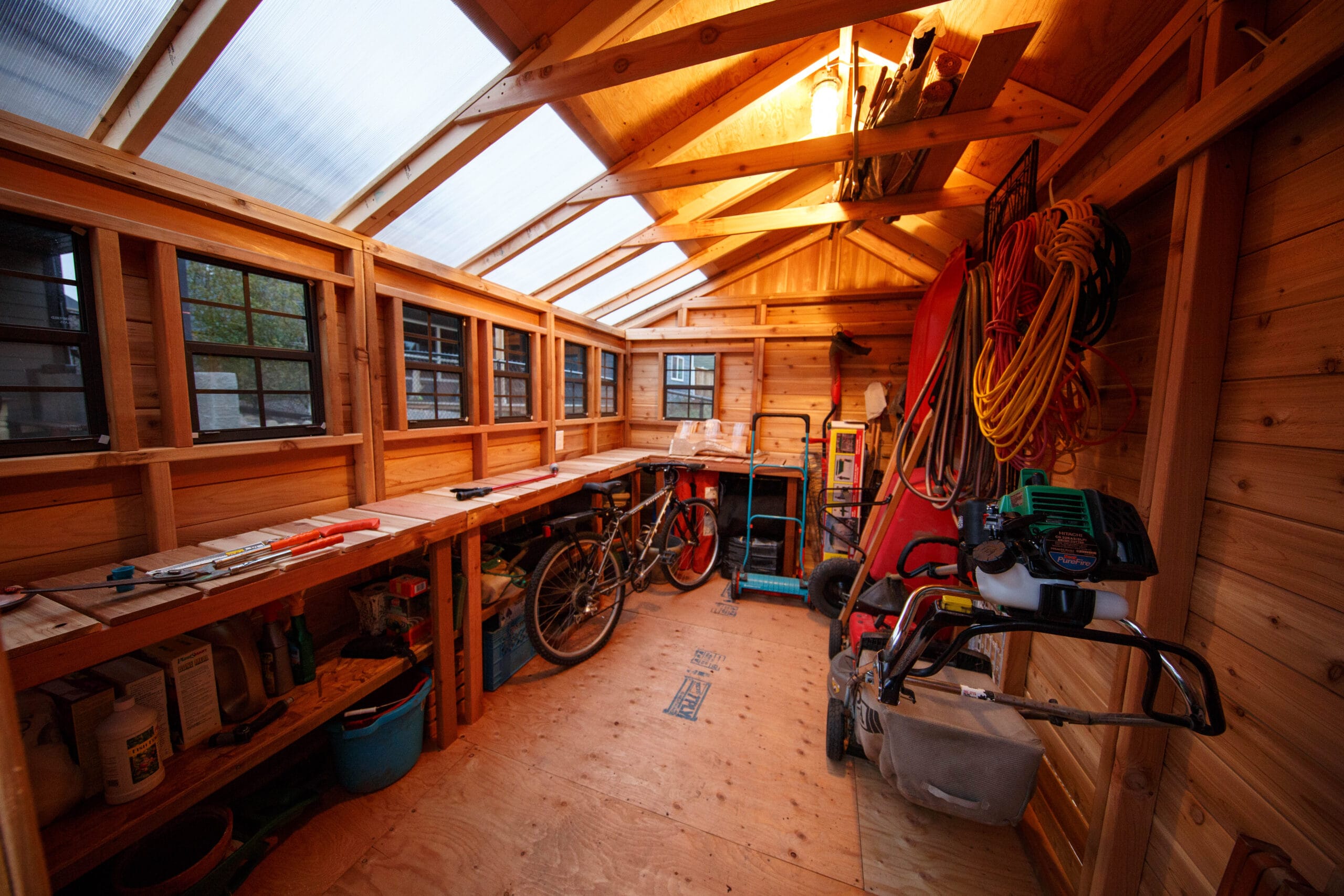
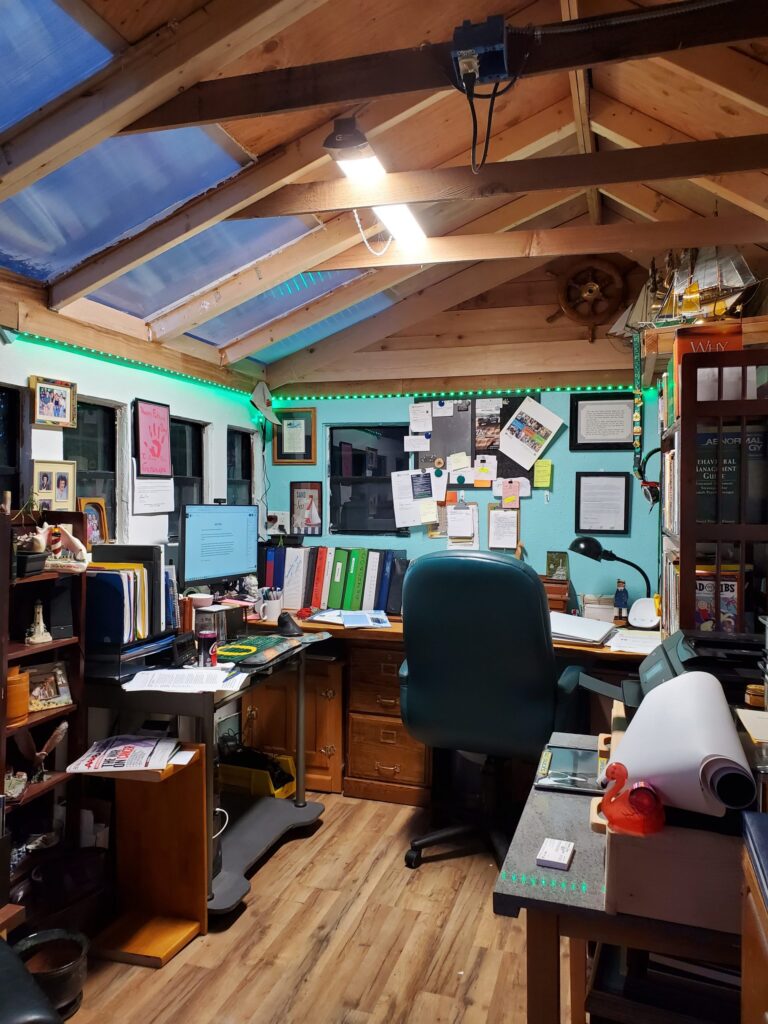

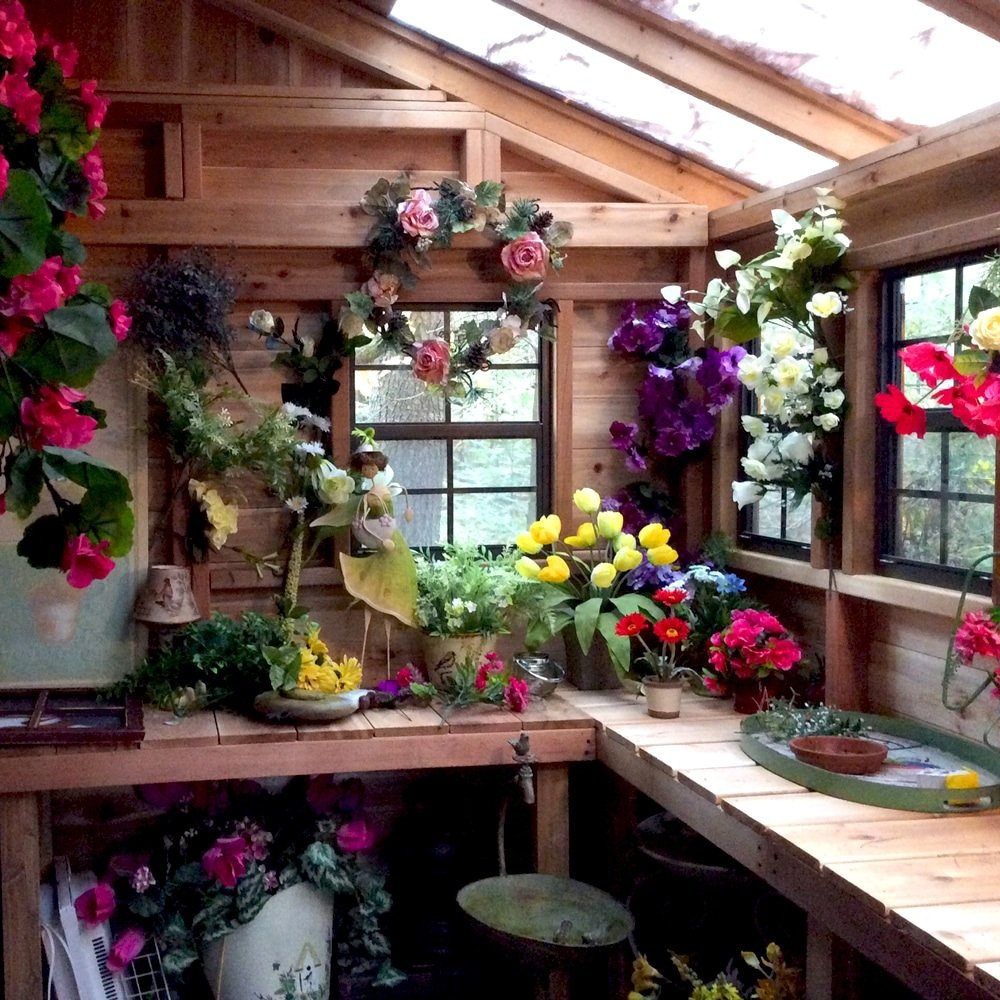
 Explore structures and furniture made for backyard calm →
Explore structures and furniture made for backyard calm → 